
Stories connecting our past and present
Celebrate the 2022 Lunar New Year with highlights from the collection

The Lunar New Year 2022 ushers in the Year of the Tiger, which is celebrated in many Asian countries such as China, Korea, Thailand, Vietnam, Indonesia, and Malaysia. In the story of the Jade Emperor’s race, the tiger, with its competitive nature, confidence, and unpredictability, ran a good race but the current in the river sent it a little off course. It recovered enough to cross the line behind the ox, and so comes in at number three in the Chinese zodiac.
To celebrate the Lunar New Year, we invite you to learn about the natural history of the brave, adventurous tiger and explore highlights from the museum collection connected to the tiger—both the tiger itself and “tiger” bugs, fish, snakes, and more!
Tigers are the largest living cats and belong to a single species, Panthera tigris. There is debate about how many subspecies there are, but currently up to six living subspecies are recognized: Bengal tiger (P. t. tigris), Amur tiger (P. t. altaica), South China tiger (P. t. amoyensis), Sumatran tiger (P. t. sumatrae), Indochinese tiger (P. t. corbetti), and Malayan tiger (P. t. jacksoni). Tigers live in several parts of Asia, although their populations are fragmented and they have been extirpated (gone locally extinct) in most regions where they used to live. All tiger subspecies are endangered or critically endangered and current estimates are that there are more than 5,500 individuals in the wild. Tigers are generally solitary predators that prey on large ungulates (a hoofed mammal). The body size of tigers has a wide range, from 200 to 900 lbs (90–420 kg), with the Amur tigers being the largest and the Sumatran tigers being the smallest.
The word “tiger” has been used as a misnomer for other mammals such as the Tasmanian tiger (the extinct marsupial thylacine) and the saber tooth tiger (saber-tooth cat). Some people jokingly call chipmunks timber tigers. Many other animals also have “tiger” in their name, like the tiger salamander, four species of tiger herons, tiger shrike, tiger rattlesnake, tiger rat snake, tiger swallowtail, tiger beetle, tiger shark, and African tigerfish that eats birds! These names can refer to stripes on the animal or to the perceived ferocity of the animal as a predator.
The Museum's Mammalogy Collection cares for twenty tiger specimens from India, Myanmar, Russia, Thailand, Sumatra, and zoos. The specimens are mostly skulls, but also include some full skeletons and pelts.






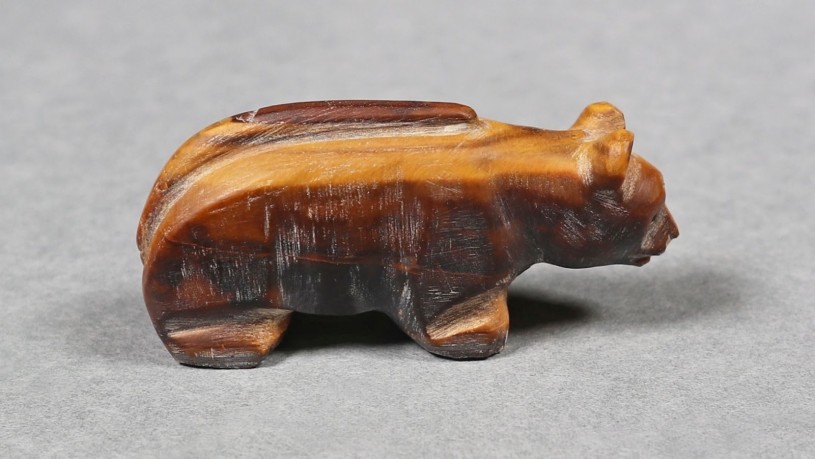
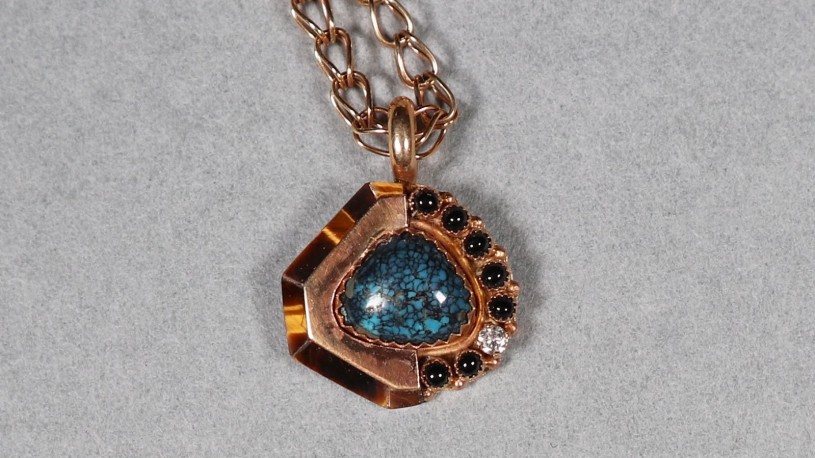
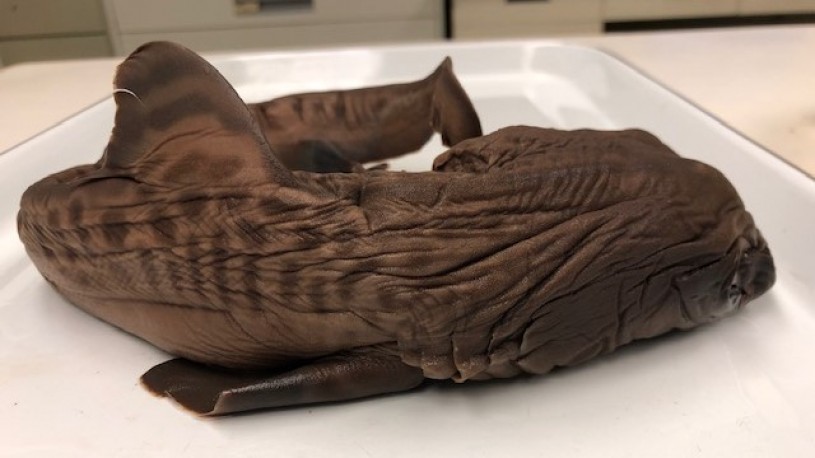








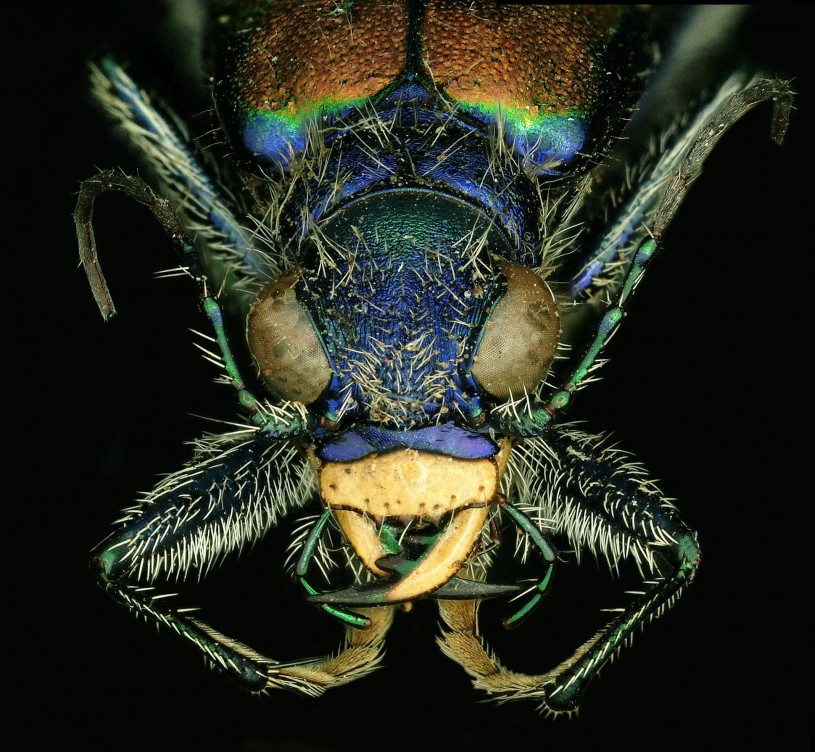
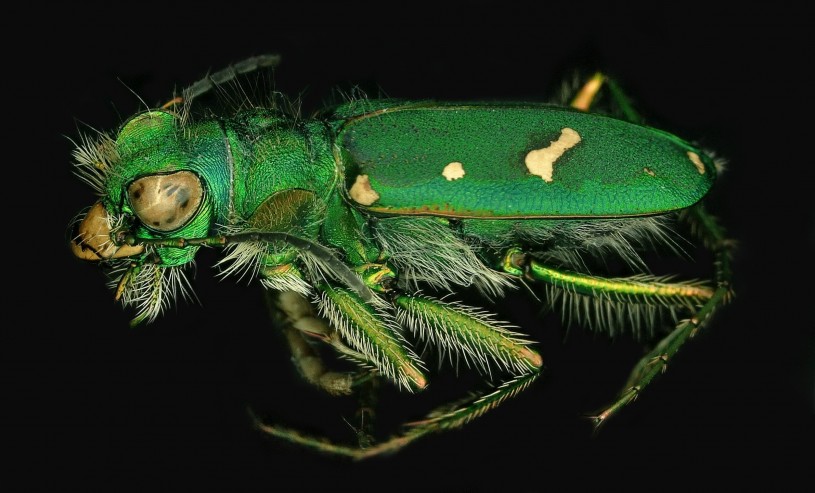
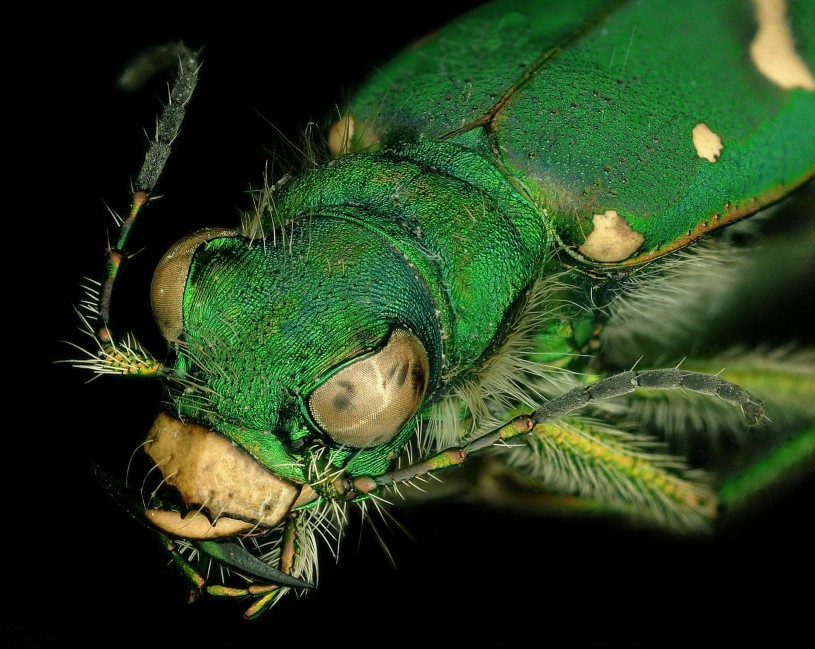

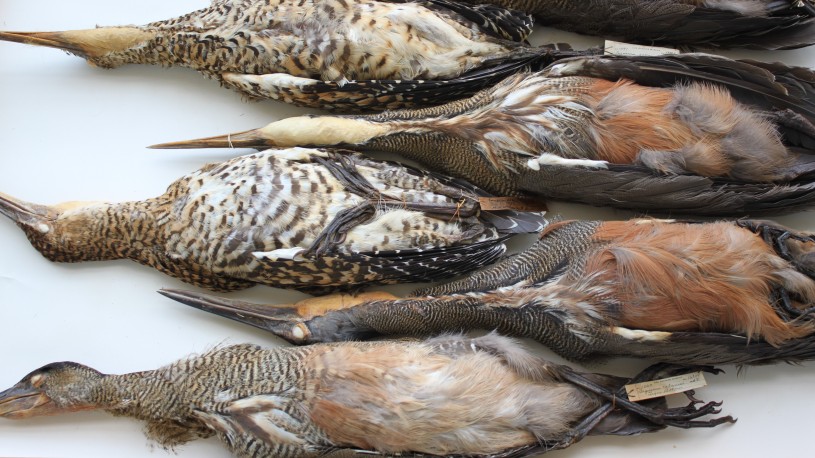





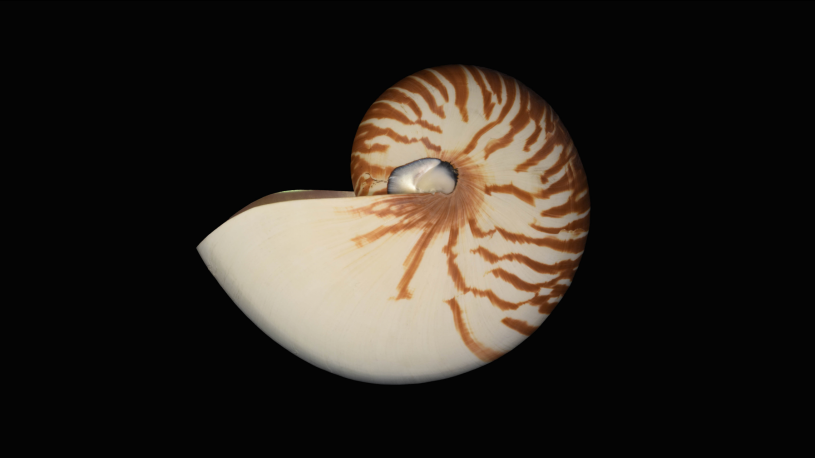






Explore more stories of culture, heritage and history